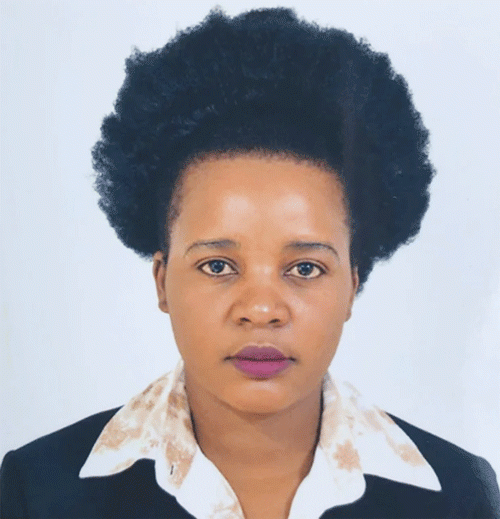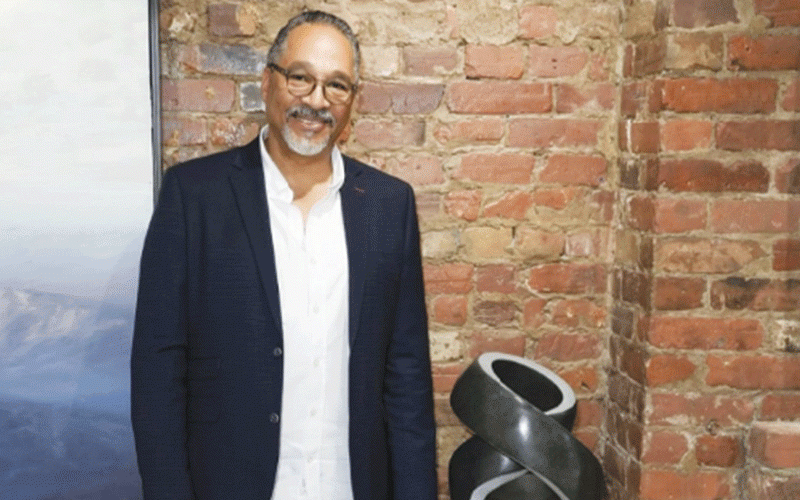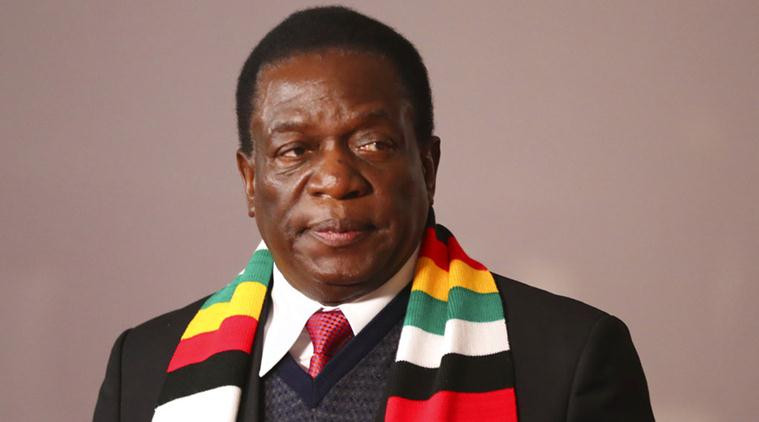
Historically African women have been said to be shy to take up leadership roles in almost all walks of life but the 21st century has seen the emergence of women leaders in almost all sectors.
In the Sadc region’s wildlife-rich producer communities, the need for women’s voices and leaders in wildlife management initially focused at breaking the traditional barriers that made African women be spoken about by men.
They appeared in meetings, almost voiceless. Women’s voices were outnumbered by those of their male counterparts when community-based natural resources management (CBNRM) largely supported by international hunting revenue started in southern African in the early 1980s.
Yet, CBNRM is a democratic process that demands an all-inclusive community decision-making process. Under CBNRM, international hunting brings the most income compared to all other resources.
This makes international hunting the most dominant and talked about economic activity in southern African communities co-existing with and managing wildlife.
For the management of international hunting to be successful, women’s voices and leadership are, therefore, critical. This ensures democratic, inclusive, representative leadership and decision-making on how to manage wildlife and use revenue generated from international hunting.
The introduction of CBNRM in southern Africa in the early 1980s coincided with the big movement of gender mainstreaming. Gender mainstreaming in any socio-economic activity meant only one thing — the need to involve women’s voices and leadership, almost to balance those of men in any economic sector.
Perhaps it was around wildlife management politics that that change was most needed at the grassroots level in wildlife-rich southern Africa.
- July Moyo defends Pomona deal
- Zim writers win prestigious Windham-Campbell prizes
- Inside the DRC’s great ape trade
- Ndlovu up for Forty Under 40 Africa awards
Keep Reading
A quick review of the Sadc Natural Resources Management newsletter shows that almost 90% of articles written between 1997 and 2002 featured men’s voices. It was difficult to get a comment from women. They appeared in meetings but didn’t speak much. They were largely spoken about by their male leaders.
But great efforts were being made by NGOs and governments to involve women’s voices and leaders in CBNRM management and political debate on resource use. This included issues related to international hunting, ivory and rhino horn trade.
However, this changed rapidly at the start of the 21st century. Now it is in the politics of international hunting and how it should benefit local communities, wildlife, and habitat conservations that southern African women have found their voices and leadership.
The wildlife-rich communities of southern Africa’s livelihoods are largely supported by international hunting revenue. It’s an economic and conservation activity that they now understand well and are actively involved in.
It’s something that they have experienced for about 40 years since the introduction of CBNRM in southern Africa with international hunting being the most robust and highest income-generator to the region’s wildlife producer communities.
The 21st century wildlife politics debate has brought a breath of fresh air with women leaders in wildlife conservation now being found in almost all wildlife-rich southern African countries.
Botswana has Chief Rebecca Banika, whose understanding on how international hunting revenue should be used to promote conservation and socio-economic benefits is impressive. She leads and speaks for her Pandamantenga community. She views those who want to ban international hunting as “demon-possessed.” She has attracted media interviews from the local, regional and international media.
“I’m the face and voice of my community, my job is to ensure the well-being and welfare of my community first and foremost,” she said this month confirming her leadership role and her representative voice that supports the rights of her community to benefit from international hunting. “I don’t know how best I can describe the animal rights groups, in short I can say they are demon-possessed because they are inhumane and don’t have any feelings for mankind. There is no natural justice in them. No compassion, no sympathy for the plight of people co-existing with the wildlife.”
Esther Netsivhongweni of South Africa is the director of African Community Conservationist and the only known black woman in southern Africa running a safari hunting business. She has fought many big battles for the Makuya hunting community.
She represents the Makuya community not only on international hunting issues but as their headwoman who reports directly to Chief Makuya.
Her voice, leadership and ability to mobilise the Makuya community against the animal rights groups fundraising industry has made Makuya community “a no-go area” for animal rights groups fundraising industry.
Netsvhongeni commands a lot of respect and influence in South African conservation circles. She was a member of the high-level panel that recently advised the South African government’s Department of Forestry, Fisheries and Environment on issues related to sustainable use of wildlife.
Namibia’s powerful woman’s voice and leader can be located in Max Louis who heads Namibia Association of CBNRM Support Organisations (NACSO) and is secretary of the Southern Africa Community Leader’s Network. Louis works with international hunting organisations, educating the public on the conservation and socio-economic benefits of international hunting. So far, she has made significant pro-international hunting interventions in the ongoing divisive debates between the pro and anti-hunting movements.
So where are the young women’s voices in international hunting politics? Is there a succession plan for younger women to succeed those we currently have?
Yes, we have one promising woman’s voice and leaders in young Zambians. They collectively represent a strong voice for women not representing women’s issues only but men and women.
The youthful Patience Gandiwa is Zimbabwe’s strong and authoritative voice in international wildlife politics. Gandiwa is the director of International Conservation Affairs and executive technical adviser in the director-general’s office at ZimParks head office. Gandiwa is currently the only female director within ZimParks.
She is actively involved in the country’s wildlife management issues related to the UN Convention of International Trade In Endangered Species of Flora and Fauna Species (CITES). She delivered important presentations at CITES COP19 in Panama, in defence of rural communities to be included in the UN CITES’ decision-making framework.
In these southern Africa women leaders, we have the long-sought-after women leaders who lead communities and are also grooming young leaders to succeed them in the future.
That succession plan also became evident at CITES COP19 when a young Zambian woman and Oxford University student, Bupe Banda-Mhango impressively used her voice and leadership skills to address guests at CITES COP19 in Panama, demanding the inclusion of rural communities, male and female to be represented in the CITES decision-making framework.
She rhetorically asked why communities co-existing with wildlife are excluded from the CITES decision-making framework, yet such decisions impact on them and their wildlife.
Urging delegates representing CITES member countries worldwide to include rural communities worldwide in the CITES decision-making frame, Banda-Mhango said: “In Zambia we are aware of the contribution of legal international wildlife trade to rural communities and the consequences of restricting such trade.
“Rural communities are often marginalised and poor, meaning that these benefits make a substantial contribution to their livelihoods daily. We hope that decisions made at this conference (CITES COP19) don’t negatively affect poor rural communities.”
She spoke on behalf of the Zambian Community Resources Management Forum and the Community Resources Board Association which represents more than 80 community-based associations in Zambia and over 200 000 people who live in rural Zambia.
Later, in an interview after her CITES COP19 presentation, she said wildlife producer communities in Zambia were benefiting from international hunting in many ways.
“Revenue made from sustainable international hunting is being ploughed back to support their livelihoods,” said Banda-Mhango.
“These communities just want to live their lives like anybody else. So, the revenue from international hunting has helped to build community infrastructure such as roads, schools, clinics, and anything else that need to be supported by international hunting revenue.”
Accordingly, Banda-Mhango said the people who were calling for the ban on international hunting were inconsiderate.
“For people who are advocating for the ban on international hunting, I think it is unfair for the wildlife producer communities, because it is like removing bread from their mouths,” she said.
“Communities are really benefiting a lot and they also use the resources sustainably. I don’t think hunting will ever end in Africa because it’s part of our tradition and our culture and we are seeing the benefits from it.”











